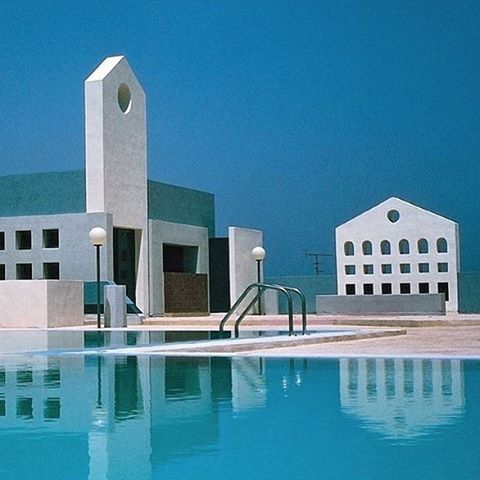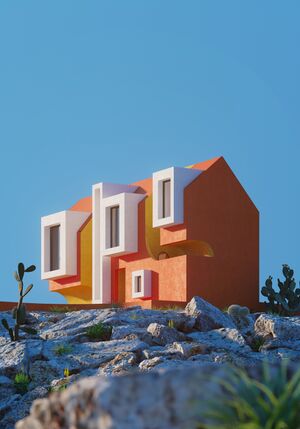User:Kendal/Year 2: Difference between revisions
No edit summary |
No edit summary |
||
| Line 1: | Line 1: | ||
[[File:Richard_england.jpeg Aquasun Lido, Richard England, Paceville, 1983]] | [[File:Richard_england.jpeg| Aquasun Lido, Richard England, Paceville, 1983]] | ||
[[File:Teletext.png|thumb|frame|right|Farewell, Teletext]] | [[File:Teletext.png|thumb|frame|right|Farewell, Teletext]] | ||
[[File:SonaraArtVillage.jpeg|thumb|frame|right|Sonara Art village, Mary & Davit Jilayvan, Mexico, 2020]] | [[File:SonaraArtVillage.jpeg|thumb|frame|right|Sonara Art village, Mary & Davit Jilayvan, Mexico, 2020]] | ||
Revision as of 17:02, 27 September 2021
Project Ramblings.
IDEA
In a culture of hypercategorisation, what can become of the forgotten spaces of the internet?
With areas of the internet resembling the impoverished wastelands of an Andrea Arnold film, can we turn these spaces into temporary autonomous zones?
Did categorisation & modernisation of the internet create these abandoned places? Can we make them into digital utopias?
Obsolete platforms & forgotten websites as publishing moments. Subverting the intended use (hello affordance)
Many virtual spaces/worlds were created to accommodate some of the social issues that arose from COVID.
These hangouts are as much as abandoned when society reopens. However, they still are taking up space in a server somewhere. What if we could squat them?
rework of the summary again:
With modernisation and a push for categorisation of the internet, early fringe virtual communities were pushed out in favour of walled gardens like Facebook. The digital spaces reflect a form of a non-place, created with the idea of this is what the internet will be in the future but instead abandoned and serving as a snapshot of the past. Take a physical non-place like a mall. These spaces were created as a utopic glimpse into the future and now lay silent and dated, completely a product of the past. How can we activate these digital equivalents as space for creative experiments and making?
If we can occupy these spaces as temporary autonomous zones, can we breathe life into the disused? Can we explore the difference between the virtual and physical world and how we can adapt to create in this environment?
These past ideas of virtual worlds are starkly different from the virtual worlds of today. They encouraged creativity and difference while virtual worlds of today seem to almost always been based on what already exists in the real physical world, 3D office spaces or replicas of landmarks. With the boundless space of the internet, why do we create spaces that already exist? Is it to blur the line between the digital and the physical? What is the real difference between these?
THEMES
obsolete internet | hypermodernisation | hypercategorisation | virtual space | subversion | simulation | temporary autonomous zones | architectural planning | physical vs digital
MOODS
PAD OF CHATS
MEDIA
WATCH
World on a Wire Dialogues is a joint project by the online platform Rhizome (New York) and Garage Digital, featuring conversations with artists about the implications of simulation practices in digital art.
Part of Assuming Distance: Speculations, Fakes, and Predictions in the Age of the Coronacene by Garage Digital (Moscow)
[Part 1]
LOOK
Present Continous
Assuming Distance: Speculations, Fakes, and Predictions in the Age of the Coronacene
Sonara Art VIllage - Mary and Davit Jilavyan
Andrea Gruetzner - Photographer Web
Alicia Framis - Century 22 EventWeb
Richard England - Architect Web
READ
Walled Garden - Annet Dekker
The School of Missing Studies - Sandberg Instituut
Sorting Things Out - Bowker & Star
Temporary Autonomous Zone - Hakim Bey
Delusive Spaces - Eric Kluitenberg
Book of Imaginary Media - Eric Kluitenberg
Residual Media - Charles Acland
The Lifecycle of Software Objects - Ted Chiang
Networks Without a Cause - Geert Lovink
Synthetic Worlds - Edward Castranova
To Mend a Broken Internet, Create Online Parks - Eli Pariser (WIRED)
Public Space // The Internet: Public Embodiment of Digital Cultures - Elizabeth Anne Hampton



